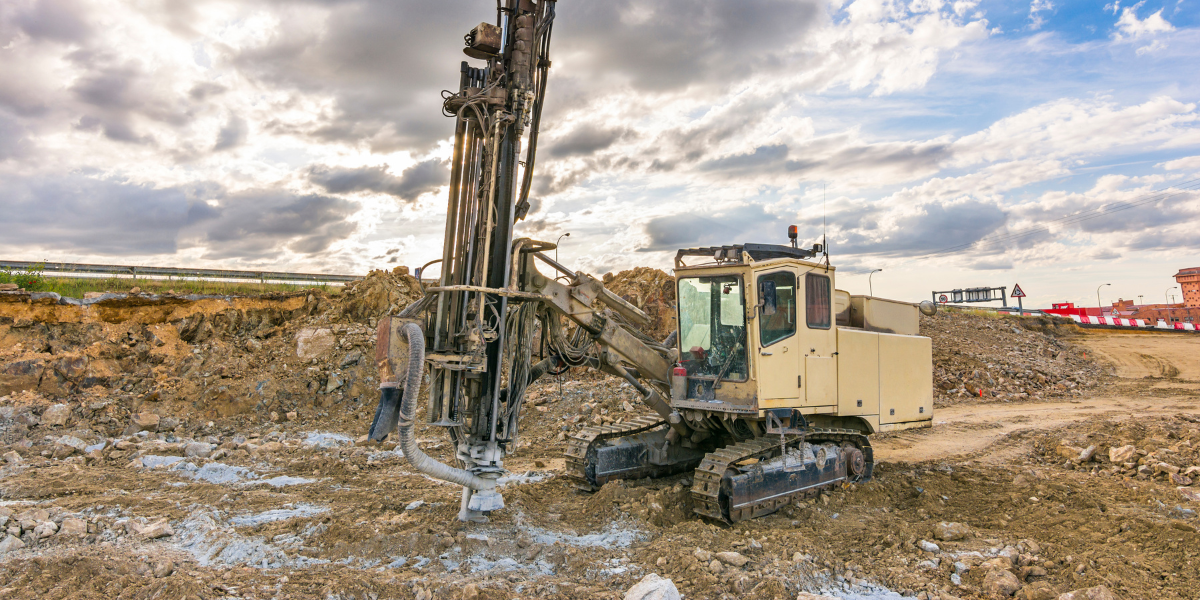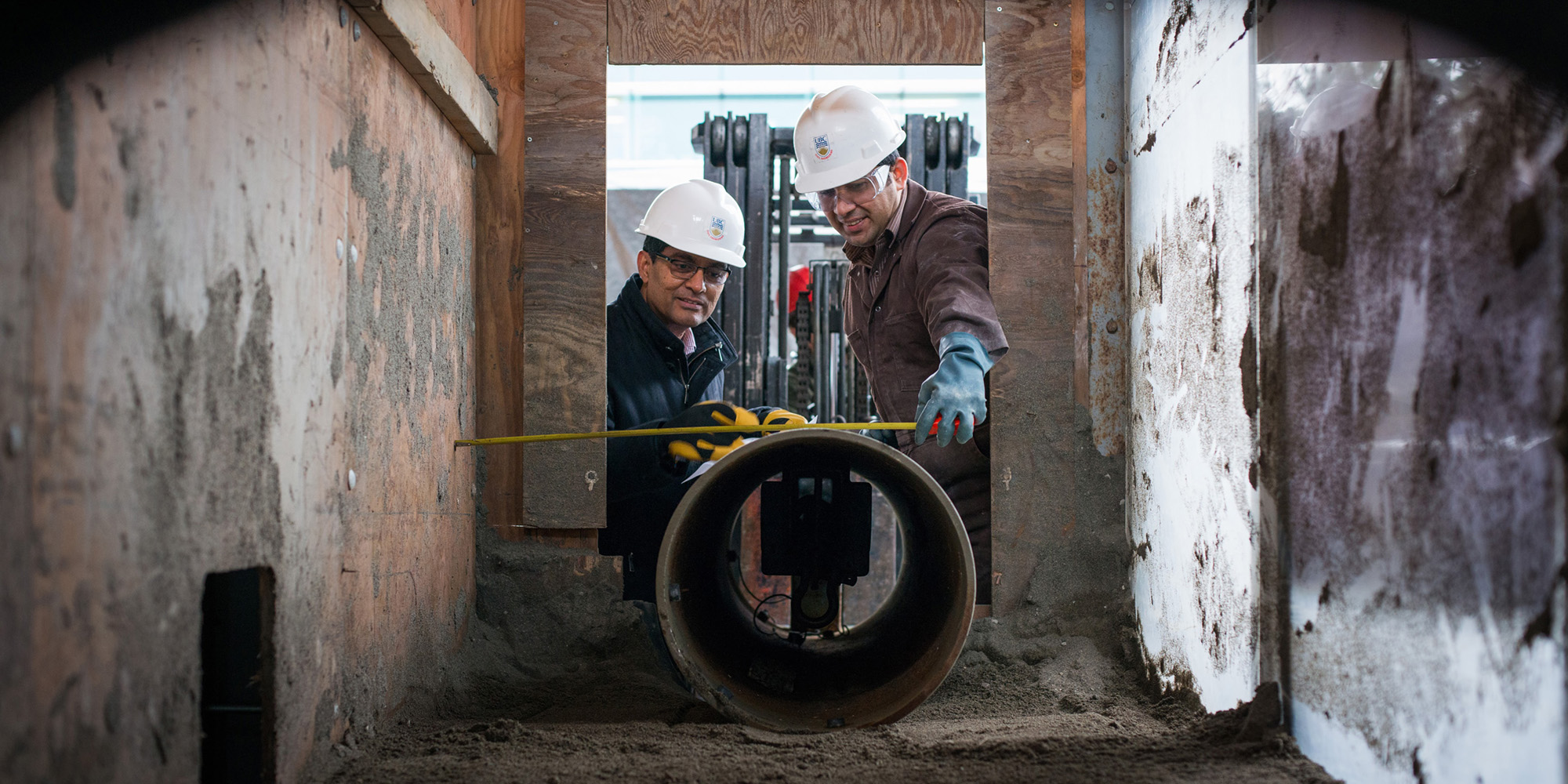Expert Civil Geotechnical Engineering Solutions for Intricate Projects
Expert Civil Geotechnical Engineering Solutions for Intricate Projects
Blog Article
Exactly How Consulting Engineers Enhance Geotechnical Engineering Projects: Insights Into Their Experience, Methodologies, and Collaborative Approaches
Consulting engineers are crucial in enhancing geotechnical design tasks, applying their specialized understanding to browse the complexities of subsurface problems. Their joint strategies foster communication among varied task stakeholders, eventually forming the task's trajectory.
Duty of Consulting Engineers
The competence of consulting engineers in geotechnical design is fundamental to the successful execution of building and construction tasks. These professionals play a critical role in analyzing dirt and rock residential properties, which are critical elements influencing style and building choices. By conducting complete website examinations, getting in touch with designers gather essential data that informs the design process, ensuring projects are built on stable and suitable ground.
Consulting engineers also provide important insights right into risk administration (geotechnical geologist). They determine prospective geotechnical risks, such as landslides, soil liquefaction, and negotiation concerns, making it possible for stakeholders to apply reliable reduction techniques. Their competence aids in optimizing structure styles, which can lead to considerable expense financial savings and improved safety
Additionally, getting in touch with engineers serve as an important web link in between project proprietors, engineers, and specialists. Their capability to translate complex geotechnical information into workable suggestions fosters collaboration and facilitates educated decision-making throughout the project lifecycle. This multidisciplinary approach not just enhances task performance yet likewise ensures conformity with regulatory criteria and best techniques.
Secret Methodologies in Geotechnical Design

One key methodology is site examination, which entails performing area tests and lab evaluations to collect information on subsurface problems. Strategies such as Standard Infiltration Screening (SPT) and Cone Infiltration Screening (CPT) are widely used to assess soil stratigraphy and strength. Furthermore, geophysical techniques, consisting of seismic and electric resistivity studies, give non-invasive methods to analyze subsurface qualities.
One more important methodology is mathematical modeling, which allows designers to simulate various scenarios and predict how soil-structure interactions will act under different loading problems. Limited Element Evaluation (FEA) is an usual approach utilized in this context.
Furthermore, the design of foundations, retaining frameworks, and earthworks counts greatly on these methods - geotechnical geologist. By integrating advanced logical devices with field data, consulting designers can create tailored solutions that address details job difficulties, ultimately adding to the security and safety of construction tasks
Value of Soil Evaluation
Dirt analysis functions as a foundational aspect in geotechnical engineering, supplying important understandings into the physical and chemical residential or commercial properties of dirt required for efficient building preparation. Comprehending dirt qualities is critical for identifying its load-bearing ability, drainage habits, and potential for settlement or instability. Thorough soil investigations, consisting of tasting and laboratory testing, aid identify specifications such as dirt kind, moisture material, thickness, and shear strength.
These analyses notify the option of appropriate building strategies and products, ultimately influencing job safety and security and longevity. Cohesive soils may need different structure styles contrasted to my sources granular dirts, demanding customized design solutions. Additionally, soil analysis aids in determining pollutants that might present threats to human wellness or the setting, permitting for the growth of reduction approaches.
Incorporating dirt analysis into the beginning of task development helps to minimize unforeseen challenges, ensuring that designers can prepare for and attend to prospective issues prior to they rise. By developing an extensive understanding of the site conditions, consulting designers can enhance style efficiency and decrease expenses, thus enhancing the total success of geotechnical design tasks.
Collective Methods in Projects
Successful geotechnical tasks commonly hinge on collaborative strategies that combine varied proficiency from numerous self-controls. Effective cooperation among consulting engineers, geologists, ecological scientists, and building and construction experts is essential for dealing with complicated obstacles and enhancing task results. By leveraging the one-of-a-kind abilities and expertise of each employee, projects can profit from a holistic understanding of the site conditions, regulative requirements, and engineering restraints.
Regular interaction and interdisciplinary meetings facilitate the sharing of insights and cultivate a culture of team effort. These joint efforts allow the recognition of potential dangers early in the task lifecycle, enabling timely reduction approaches. Furthermore, integrating responses from stakeholders, including local neighborhoods and governing agencies, guarantees that all point of views are taken into consideration, enhancing project acceptance and compliance.
In addition, the assimilation of innovative technologies, such as Geographic Information Systems (GIS) and Building Information Modeling (BIM), further enhances collaboration. These tools permit the real-time sharing of data and visualization of geotechnical conditions, promoting informed decision-making. Ultimately, a collective technique not just enhances job implementation however likewise lays the structure for cutting-edge options to complicated geotechnical engineering difficulties.
Impact on Project Outcomes

Consulting designers employ sophisticated methodologies such as danger assessment and predictive modeling, which boost the accuracy of job forecasts. Their capability to incorporate innovative innovations, like geotechnical instrumentation and information analytics, even more improves the design and building procedures. Therefore, jobs experience boosted efficiency, minimized prices, and reduced hold-ups.
In addition, fostering efficient interaction and collaboration among group participants enhances problem-solving abilities. When obstacles arise, an unified front enables for speedy recognition of solutions, avoiding prospective troubles. Ultimately, the collaborative efforts of seeking advice from designers add to greater top quality outcomes, ensuring that jobs satisfy both governing requirements and client assumptions.
Conclusion

Report this page